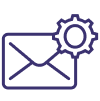Real-Time Segmentation
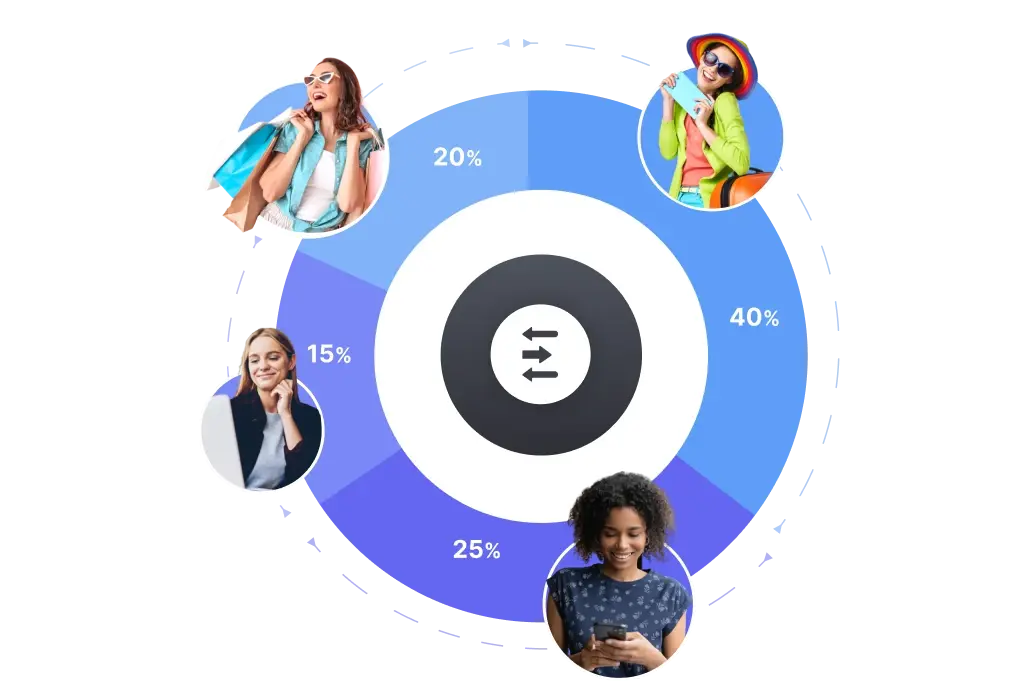
Create granular segments with our state
of the art segmentation engine.

Real-Time Segmentation
For Targeted Marketing

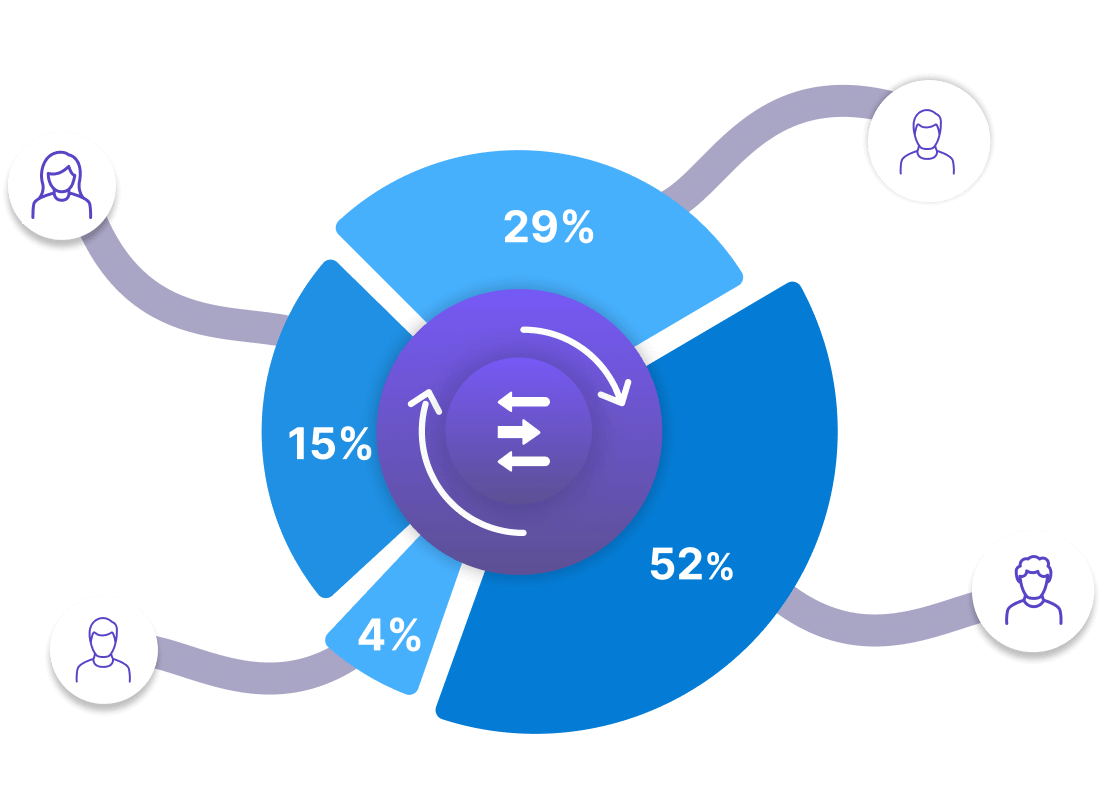
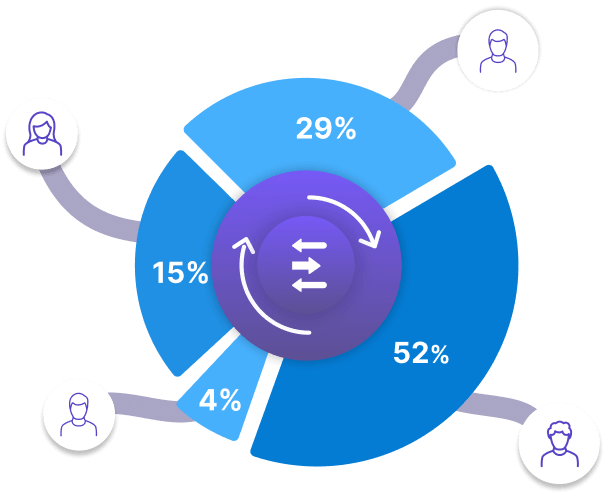
Create granular segments with our state-of-the-art segmentation engine.
850+ global brands trust WebEngage for customer engagement and retention


Why Is Our Segmentation Engine
The Best-In-Class?
Join 850+ global brands that prefer WebEngage’s Segmentation Engine over others
Static Customer Segments for Precise Targeting
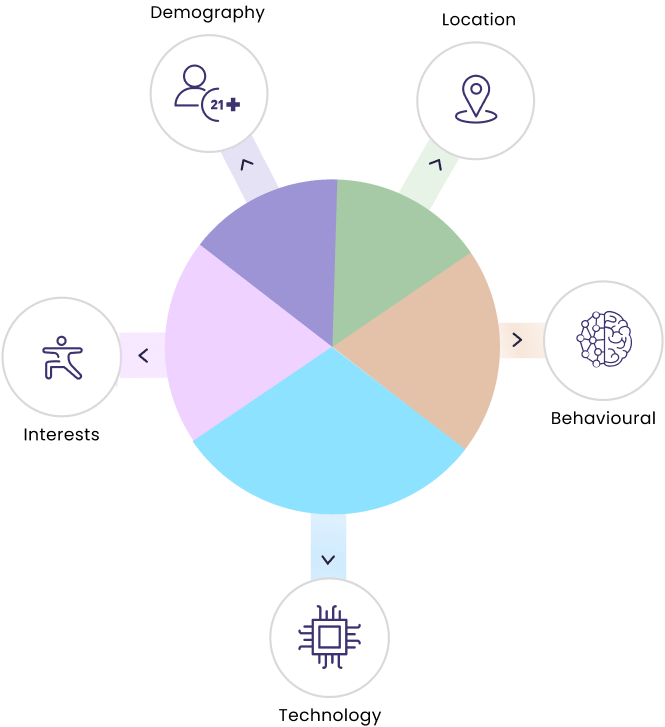
- CSV and List Uploads
- Event-Based Segments
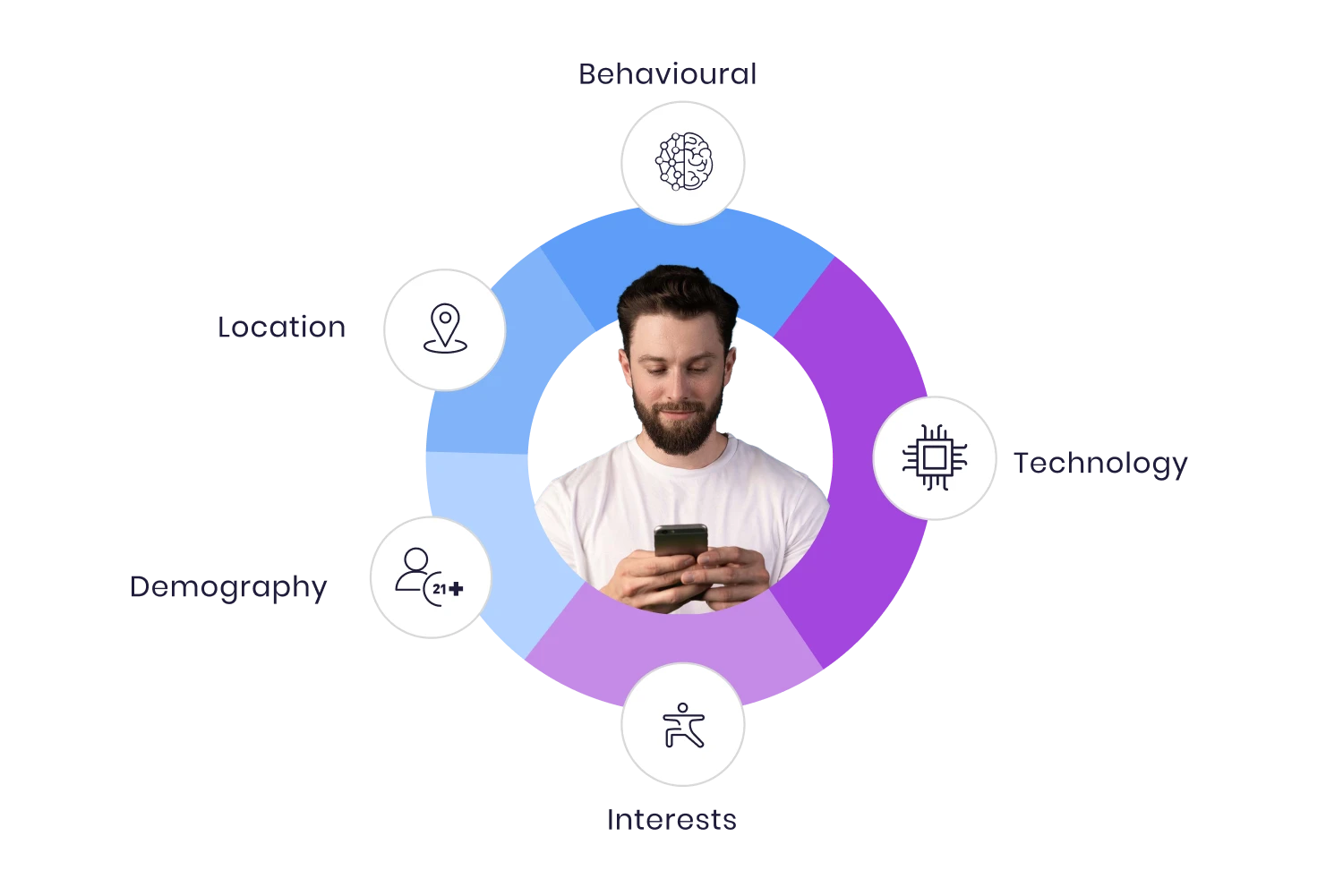
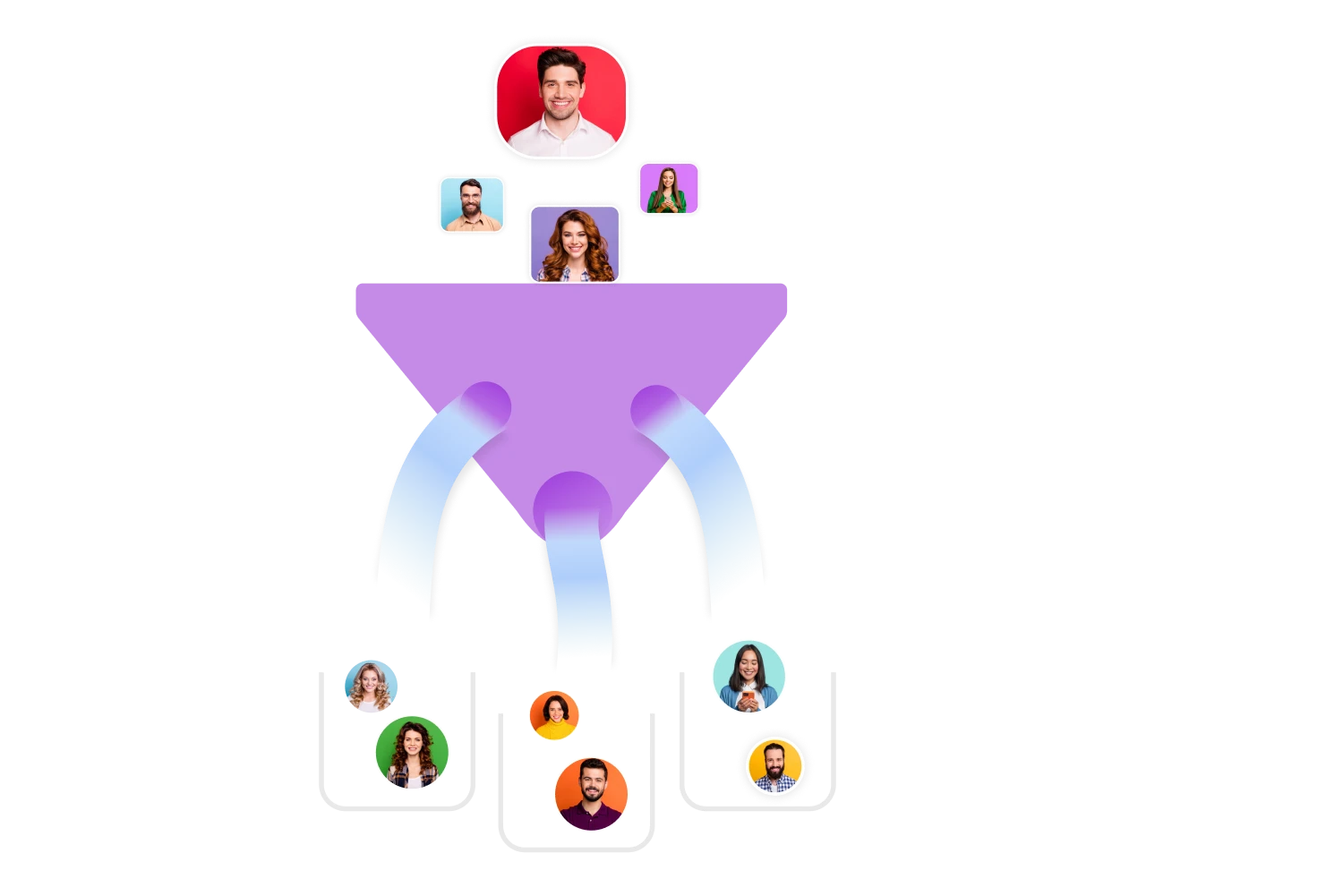
Live Segments to Engage Customers in Real-time
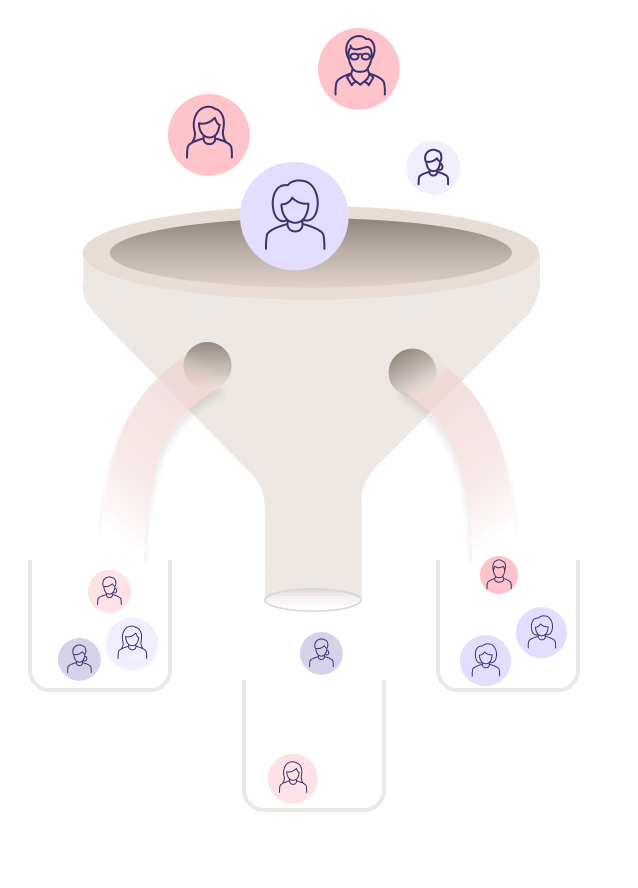
- Template Library
- Real-time Analytics
RFM Segments and Cohorts to Identify the Low-hanging Fruits

- Revenue Modelling
- Predictive Segmentation
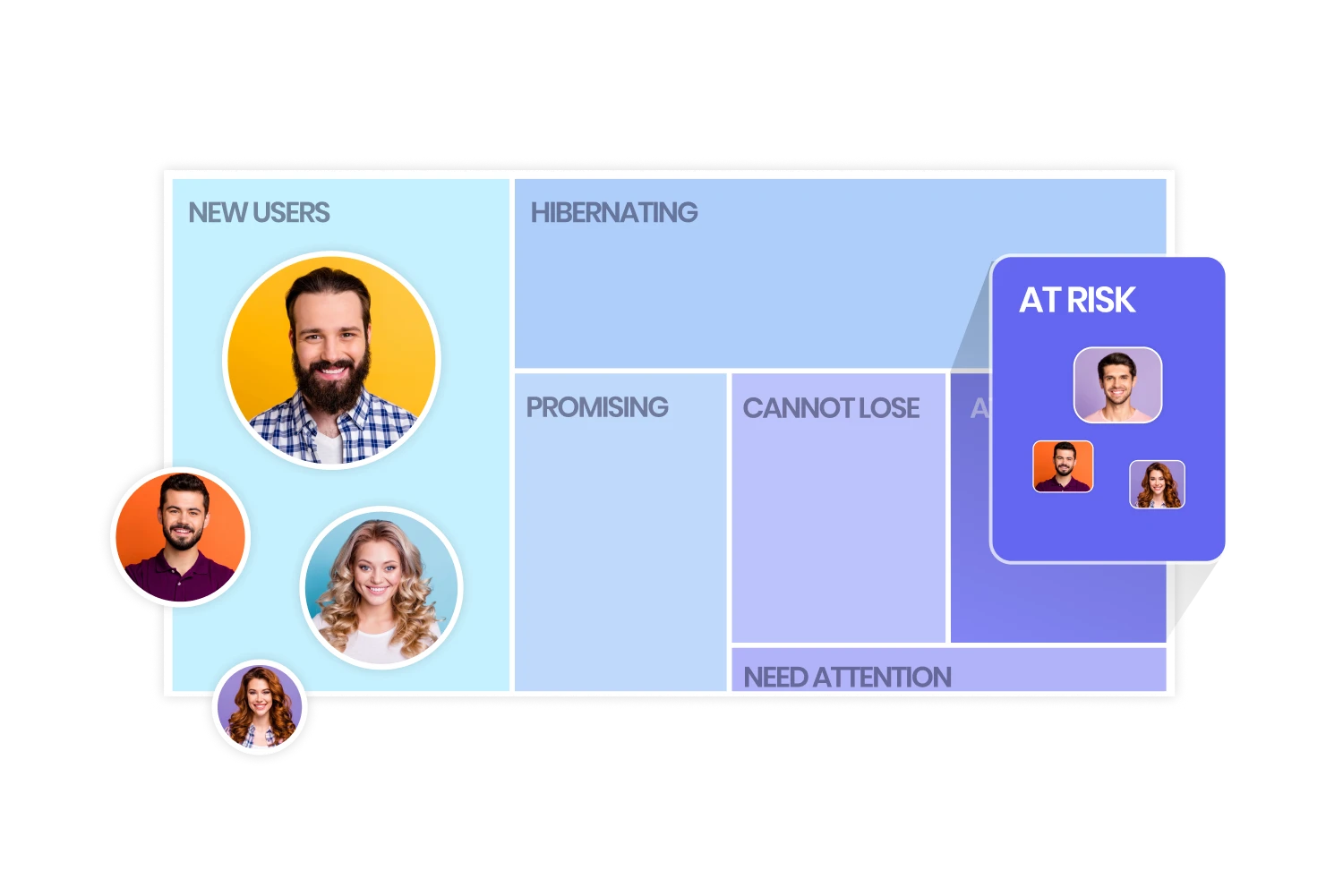
Clearly Defined Micro-Segments
Create micro-segments based on real-time data about your users, using a powerful combination of profile information and behavioural data such as

User Attributes

Acquisition Channels
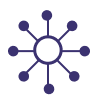
Channel Reachability

User Events

Device Technology

Geolocation
What our customers have to say
Shoppers Stop

“WebEngage has been a game-changer, helping us automate tasks, personalize customer journeys, & reach the right audience, leading to higher revenue growth.”

Chief E-commerce Officer, Shoppers Stop
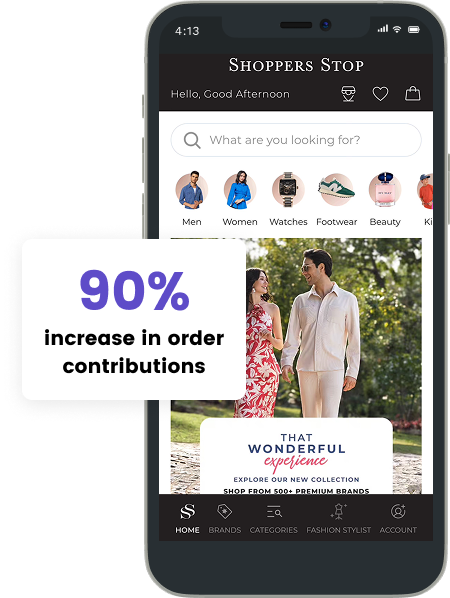
CASHe

“WebEngage helps us run hyper-personalized campaigns at scale, automating engagement to boost performance, save time, & improve user retention.”

Head – Growth, Strategic Alliances & Partnerships, CASHe

go-mmt Slide

“The WebEngage Customer Success team has worked tirelessly to solve our problems. We have enjoyed this kind of close collaboration with WebEngage.”

Ex – Co-Founder and CTO, Goibibo
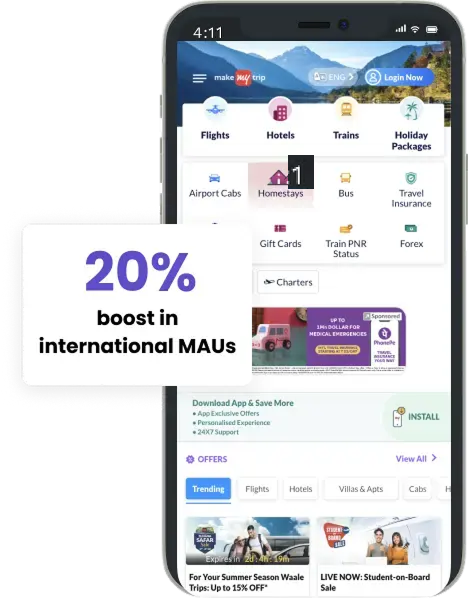
Vezeeta Slide

“WebEngage stands strong when it comes to user engagement and retention. It understands the importance & nuances of the subject.”

Chief Product Officer, Vezeeta
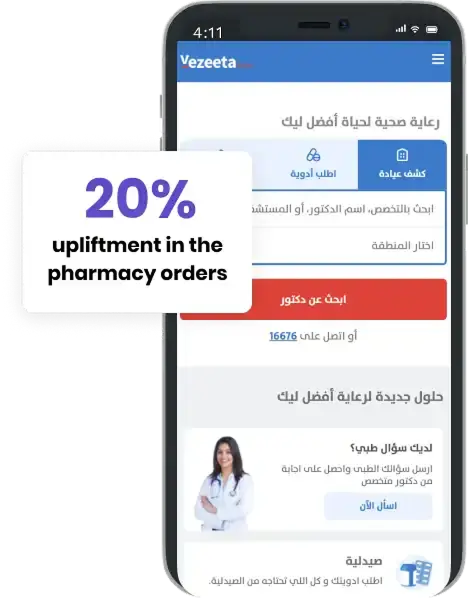
Acko Slide

“Win-back and policy renewal campaigns have contributed significantly to our overall revenue and resulted in improvement of our North Star
Metric i.e. Persistency ratio.”

Associate Director – Digital Marketing, Acko
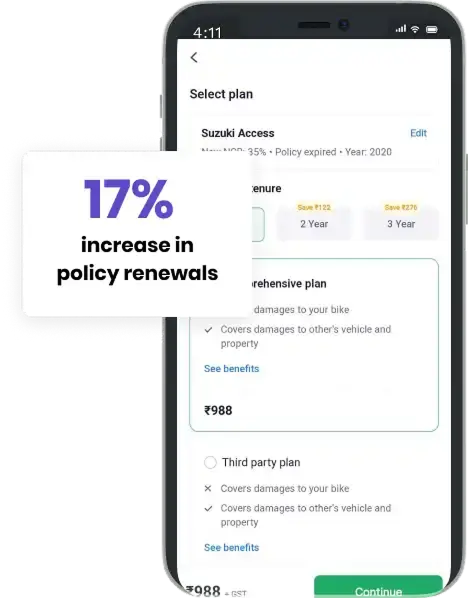
Keep pushing forward.
We've got your back.
Trust our pros to timely help you with relevant solutions.
Quick and Easy
Integration
Connect all your tools to WebEngage and see the magic unfold rapidly.
Seamless
Onboarding
Closely work with our onboarding specialists till your first campaign's go-live date.
Superior Customer
Success
Our specialists are always ready to help you with relevant solutions.
Unparalleled Support
& Service
Your urgency is our urgency! Get round-the-clock support from our experts.
FAQs
Customer segmentation is the process of dividing a customer base into smaller groups based on shared characteristics or behaviors.
The most common types of customer segmentation include demographic, geographic, psychographic, and behavioral segmentation.
An example of a customer segment might be “working professionals in urban areas,” who may have similar needs for convenience and time-saving products or services.
Customer segmentation allows businesses to target a precise group of customers with tailored messages and offers, leading to more effective campaigns and improved ROI.
By understanding the unique characteristics and preferences of different customer segments, businesses can tailor their marketing campaigns to better resonate with specific demographics and increase engagement.
Best practices for conducting customer segmentation analysis include, using clear and relevant segmentation criteria, regularly updating and refining the segmentation model, and regularly measuring the effectiveness of the segmentation strategy.
Tailoring products, services, and marketing messages to specific customer segments, enables businesses to cater to unique customer needs and preferences, increasing customer satisfaction and loyalty.
Potential drawbacks or challenges of customer segmentation include oversimplification or over-complication of segmentation criteria, which can be overcome by regularly refining the segmentation model and incorporating customer feedback.
By integrating customer segmentation with personalization or automation techniques, businesses can create more targeted and effective marketing campaigns that better resonate with specific customer segments.
Key metrics for measuring the success of customer segmentation strategies include customer engagement, customer retention, and ROI of marketing campaigns targeted at specific customer segments.
Crafting tailored and targeted messages and offers specific to particular customer segments based on customer needs and preferences can help improve customer acquisition and retention.
Businesses can identify new or underserved customer segments by analyzing customer data and behavior, leading to new target markets and growth opportunities.
Effective ways to collect and analyze customer data for segmentation include surveys, data analysis software, customer feedback, and engagement metrics.
Customer segmentation can be used to identify different pricing preferences among different customer segments. This information can be used to optimize pricing strategies and maximize revenue.
For example, premium segments may be willing to pay more for products with premium features. In contrast, budget-conscious segments may be more price-sensitive and respond better to discounts or promotions.
Many tools and software are available for conducting customer segmentation analysis, such as CRM platforms, marketing automation software, analytics tools, etc.
WebEngage customer segmentation allows you to perform real-time customer segmentation based on your customers’ personal and behavioral data. With WebEngage’s customer segmentation engine, you can curate detailed customer data based on- user behavior, demographics, location, device, channel reachability, and user data basis the existing & new users and acquisition sources. Our data segmentation helps you generate detailed customer insights in a matter of few seconds resulting in increased engagement, boosting conversion rates, and driving retention by enhancing the lifetime value of your customers.
Explore More Products From Our Retention OS
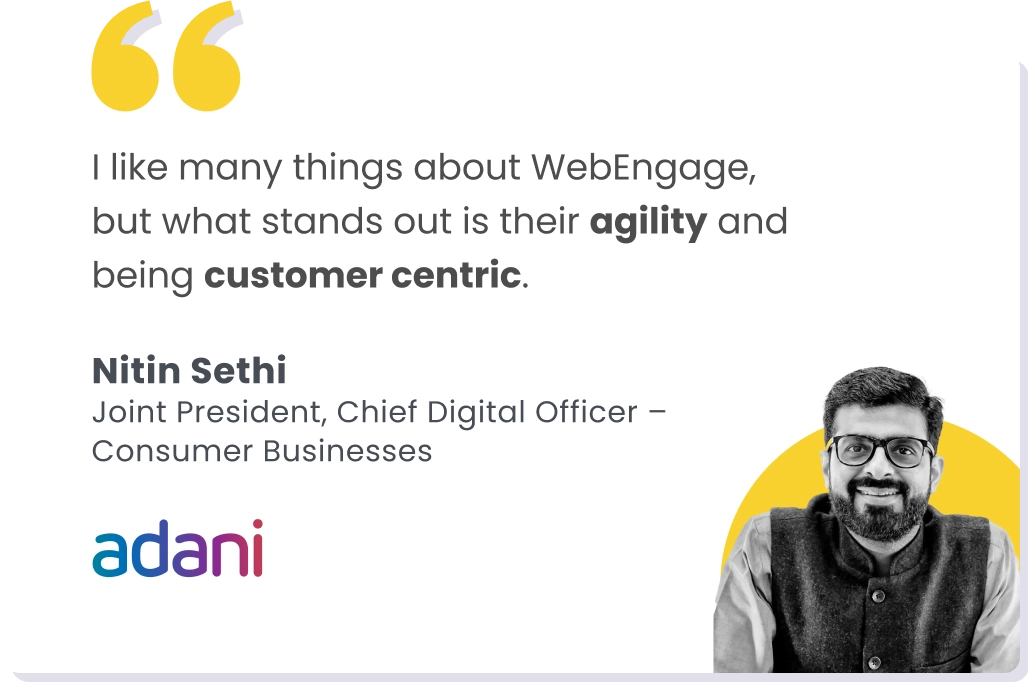



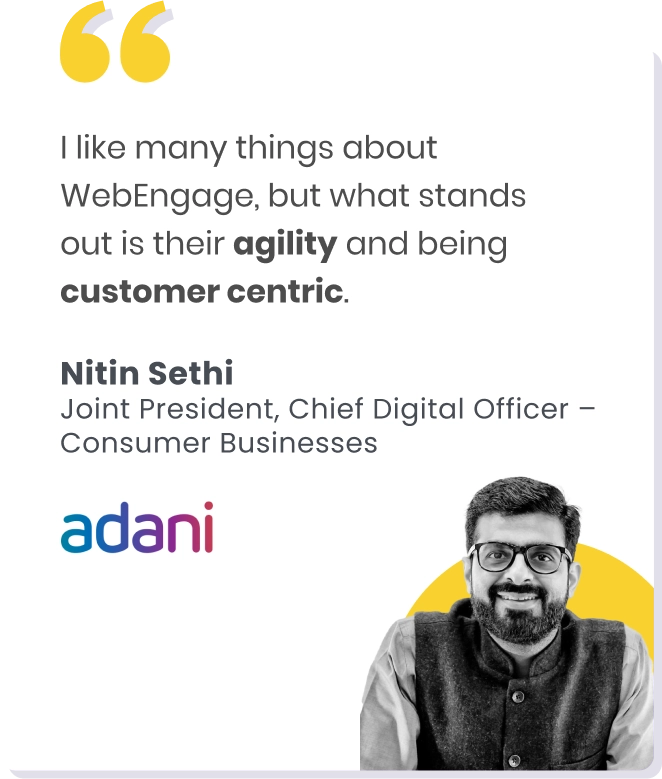
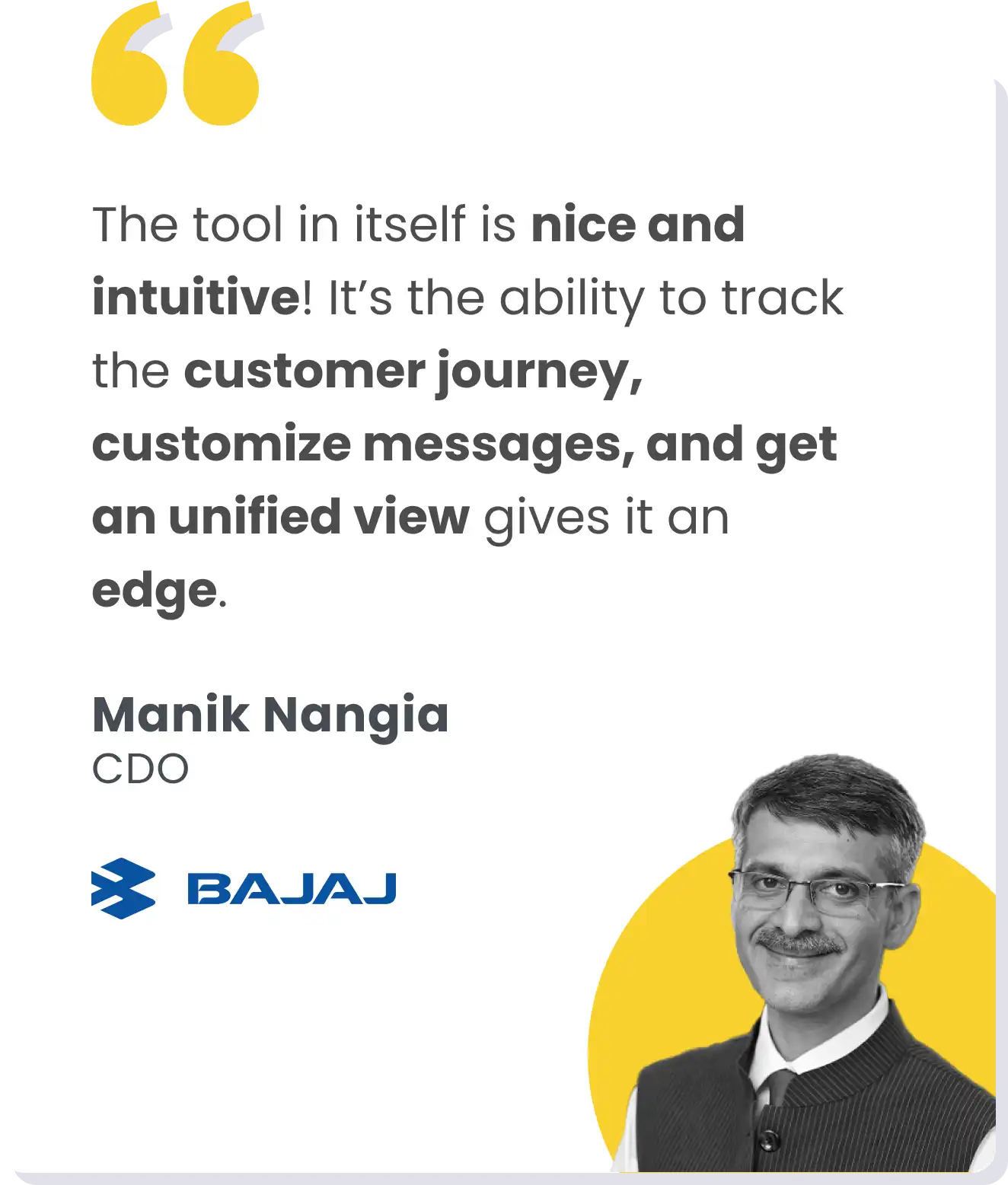
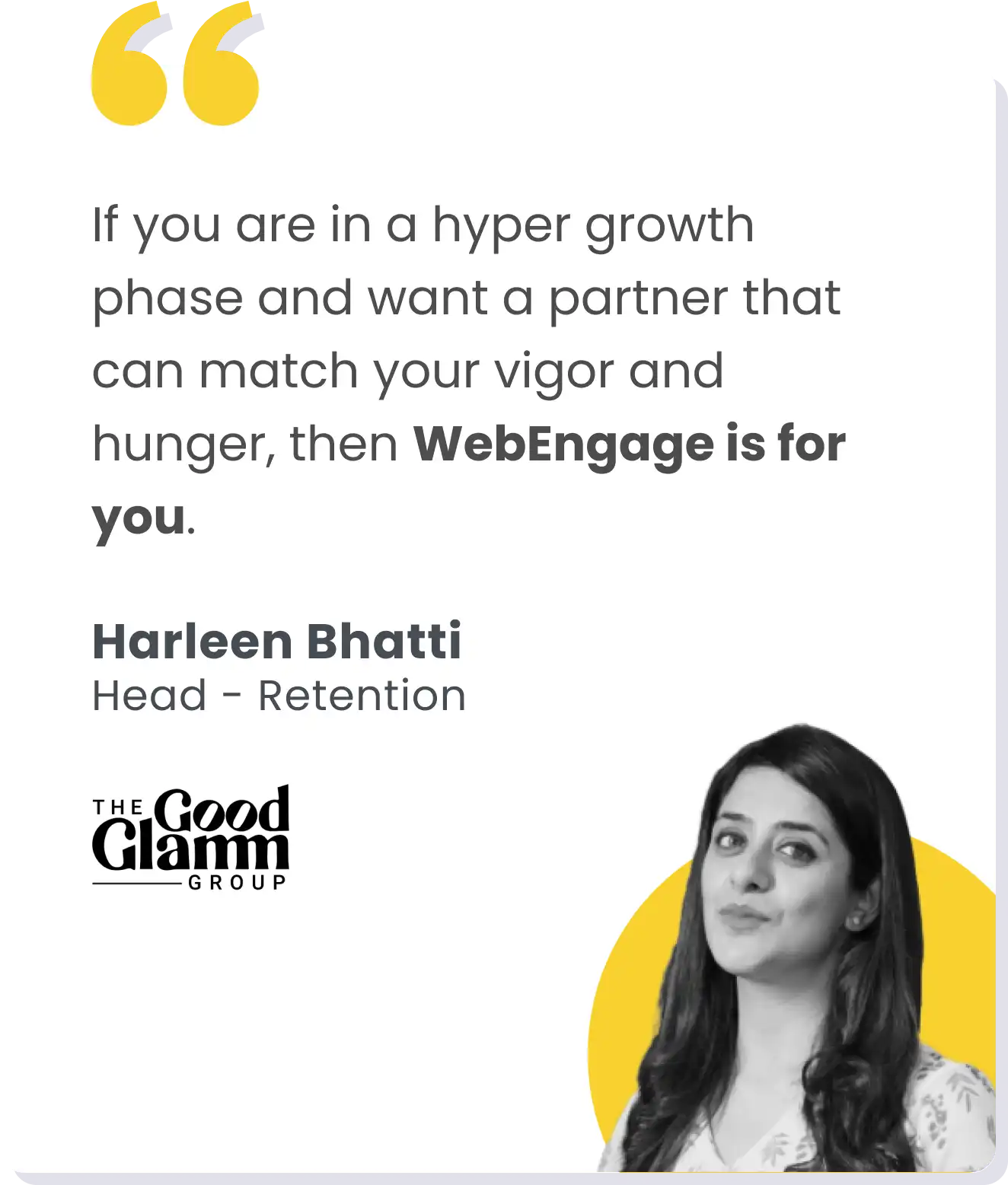

Trusted by 850+ Global Brands

